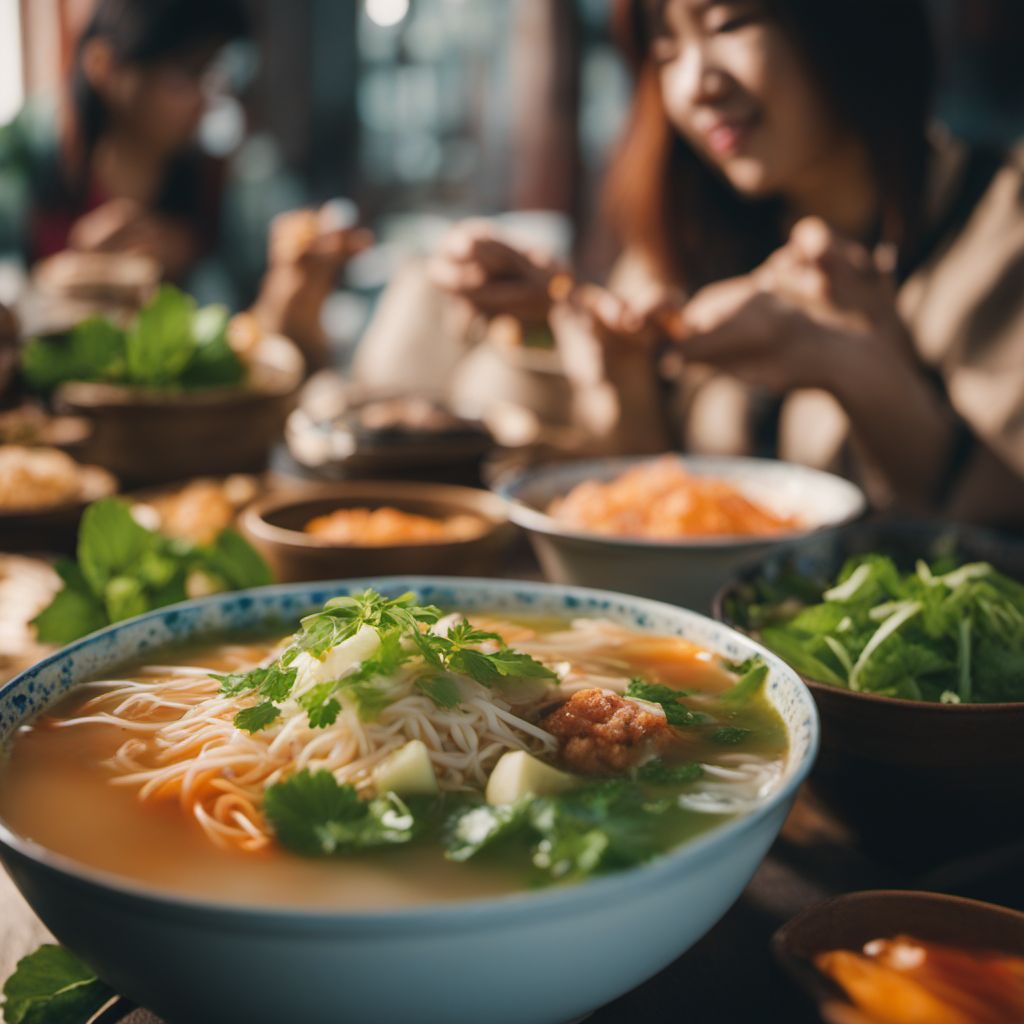
Dish
Bánh canh cua
Banh Canh Cua
Bánh canh cua is made with a thick and chewy noodle that is made from tapioca flour and rice flour. The broth is made with pork bones, dried shrimp, and crab meat. The dish is then filled with additional ingredients such as sliced pork, shrimp, and fish cakes. The dish is then topped with fried garlic, scallions, and cilantro. This dish is a perfect balance of sweet, salty, and savory flavors that will leave you feeling satisfied.
Origins and history
Bánh canh cua originated from Vietnam and is a popular street food in the country. It is enjoyed by locals and tourists alike.
Dietary considerations
This dish is not suitable for vegetarians or vegans as it contains meat and seafood. It is also not suitable for those with shellfish allergies.
Variations
There are many variations of Bánh canh cua, some include additional ingredients such as quail eggs, pork liver, and fried shallots. Some variations also use a different type of noodle such as egg noodles or udon noodles.
Presentation and garnishing
This dish is typically served in a large bowl with the noodles at the bottom and the soup and toppings on top. It is garnished with fried garlic, scallions, and cilantro.
Tips & Tricks
To enhance the flavor of the broth, simmer the pork bones and dried shrimp for at least 2 hours. This will allow the flavors to develop and create a rich and flavorful broth.
Side-dishes
This dish can be served with a side of bean sprouts, lime wedges, and sliced chili peppers. These can be added to the soup to enhance the flavor.
Drink pairings
This dish pairs well with a cold glass of Vietnamese iced coffee or a refreshing glass of iced tea.
Delicious Bánh canh cua recipes
More dishes from this category... Browse all »

Abura soba
Japanese cuisine
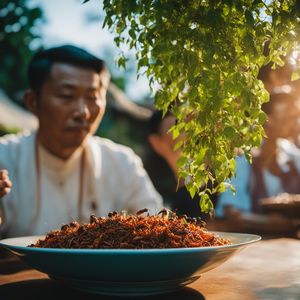
Ants Climbing a Tree
Chinese cuisine

Asahikawa ramen
Japanese cuisine
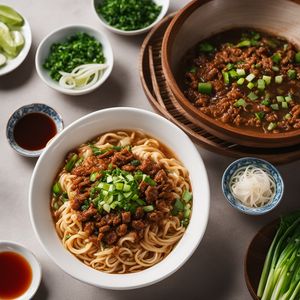
Biangbiang Noodles
Chinese cuisine
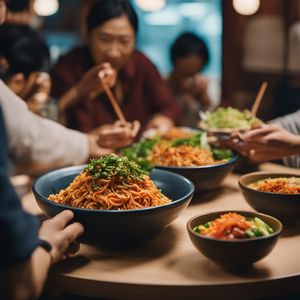
Bibim guksu
Korean cuisine
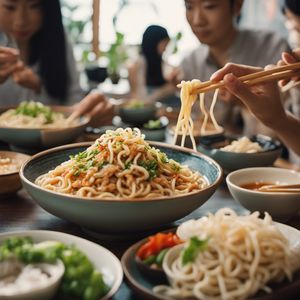
Bukkake udon
Japanese cuisine

Burnt Miso Ramen
Japanese cuisine
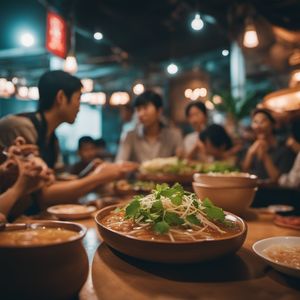
Bánh canh
Vietnamese cuisine
More cuisines from this region... Browse all »

Bruneian cuisine
Bold, Complex, Spicy, Savory, Sweet

Burmese cuisine
Salty, Sour, Spicy, Umami, Sweet
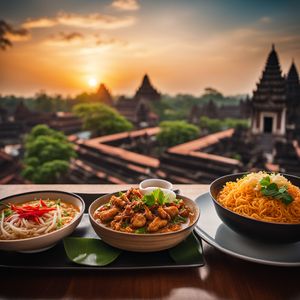
Cambodian cuisine
Salty, Sour, Spicy, Umami, Sweet
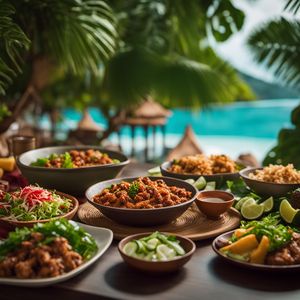
Christmas Island cuisine
Salty, Sour, Spicy, Umami, Sweet
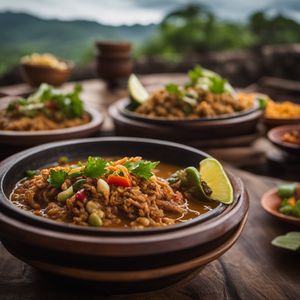
East Timor cuisine
Spicy, Savory, Sweet, Sour, Umami
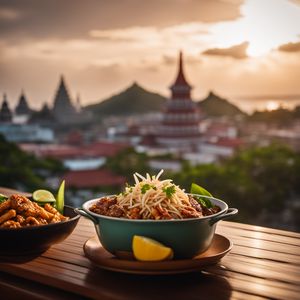
Filipino cuisine
Sweet, Sour, Savory, Spicy, Umami
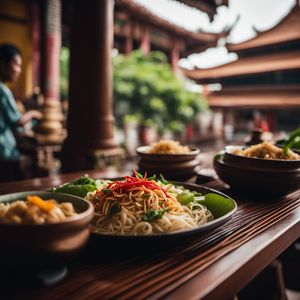
Lao cuisine
Savory, Spicy, Sour, Umami
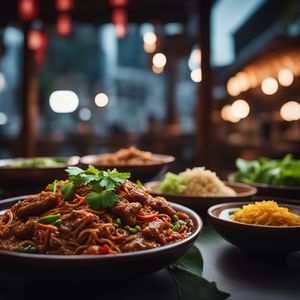
Malaysian cuisine
Spicy, Sweet, Sour, Savory

